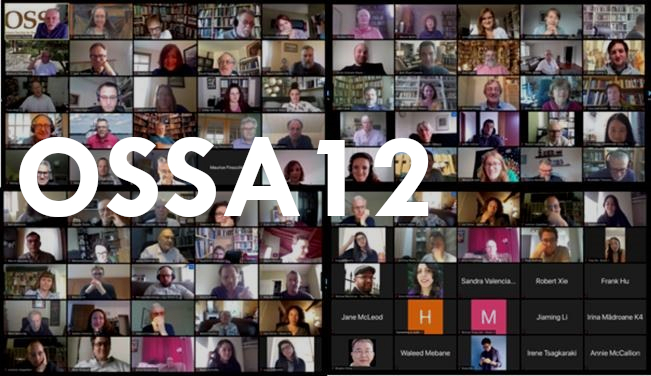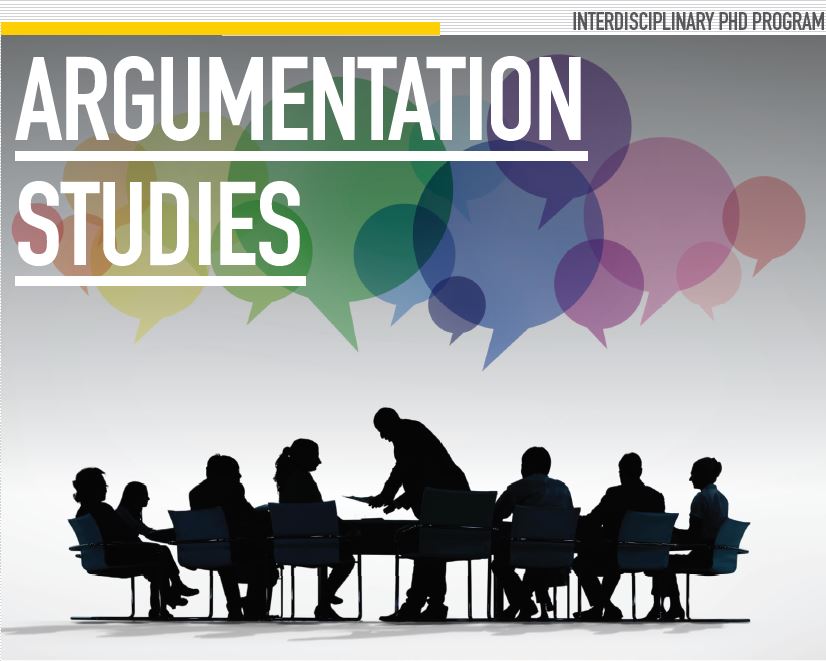Understanding the Embrace of Fallacy: A multi-modal analysis MP4
Abstract
For a very long time now, I have been arguing that what I call a multi-modal approach to argument and, indeed, communication, is essential if we are to understand human dissensual interaction. While the logical mode is certainly extremely important and omnipresent, it is not the only rational means of communication. The other modes are the emotional and visceral (or physical, kisceral, intuitive, or mystical). I have explained and defended these alternative modes vigorously, and frequently elsewhere, and will not do so here (Gilbert, 1994, 1997, 2014, among many others). Rather, my goal today is to illustrate the utility of this approach in a practical way, in particular, in the discussion of fallacies. Just as I am not going to reiterate my defence of multi-modal analyses, I am also not going to enter into the extensive debate of just what a fallacy is. I believe that in this context, regardless of the imprecise definition, including one that denies their existence, what I say will still make sense (Blair & Johnson, 1993; Eemeren & Grootendorst, 1987; Hahn & Oaksford, 2006; Hamblin, 1970; Hintikka, 1987; Johnson, 1987; Massey, 1981; Reygadas, 2001; Tindale, 1996; Walton, 2005; Walton, 1991; Wreen, 1997; among a multitude of others).
Understanding the Embrace of Fallacy: A multi-modal analysis MP4
Room 2
For a very long time now, I have been arguing that what I call a multi-modal approach to argument and, indeed, communication, is essential if we are to understand human dissensual interaction. While the logical mode is certainly extremely important and omnipresent, it is not the only rational means of communication. The other modes are the emotional and visceral (or physical, kisceral, intuitive, or mystical). I have explained and defended these alternative modes vigorously, and frequently elsewhere, and will not do so here (Gilbert, 1994, 1997, 2014, among many others). Rather, my goal today is to illustrate the utility of this approach in a practical way, in particular, in the discussion of fallacies. Just as I am not going to reiterate my defence of multi-modal analyses, I am also not going to enter into the extensive debate of just what a fallacy is. I believe that in this context, regardless of the imprecise definition, including one that denies their existence, what I say will still make sense (Blair & Johnson, 1993; Eemeren & Grootendorst, 1987; Hahn & Oaksford, 2006; Hamblin, 1970; Hintikka, 1987; Johnson, 1987; Massey, 1981; Reygadas, 2001; Tindale, 1996; Walton, 2005; Walton, 1991; Wreen, 1997; among a multitude of others).

